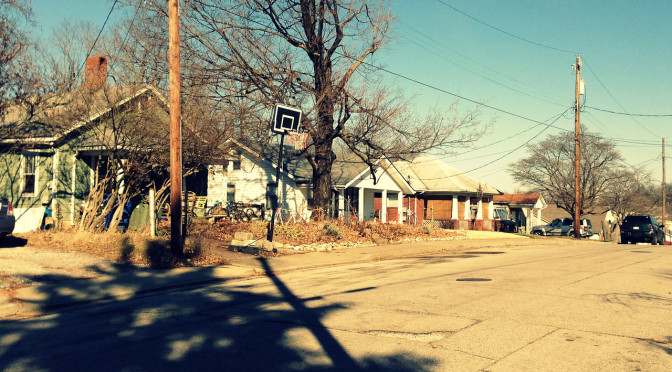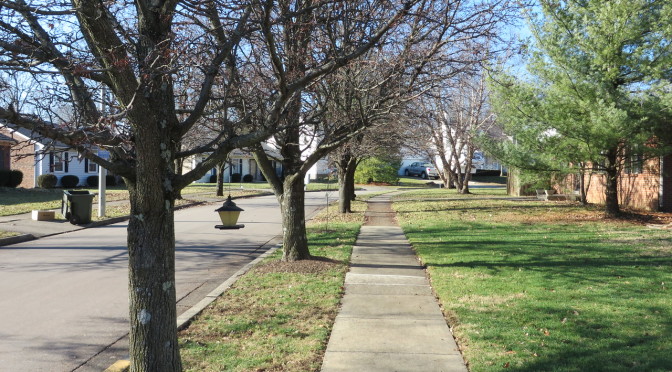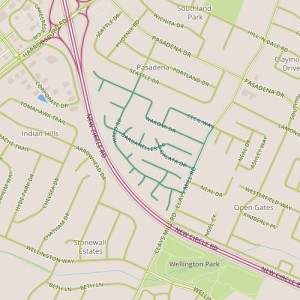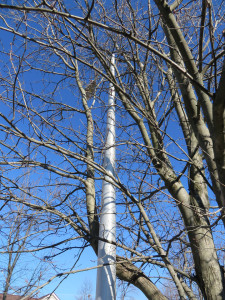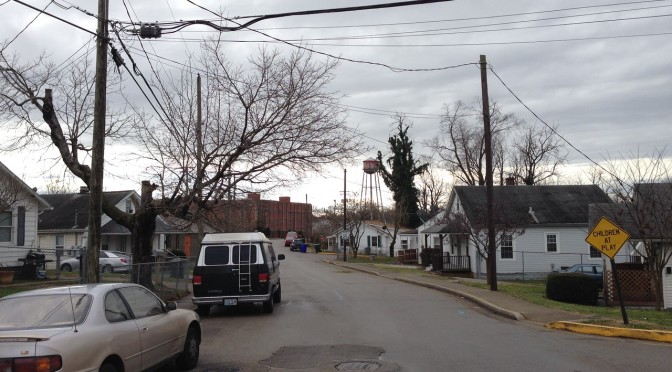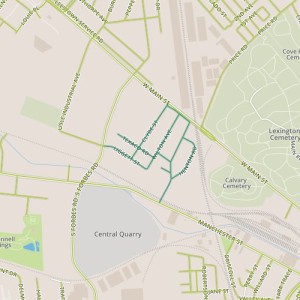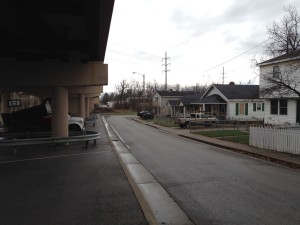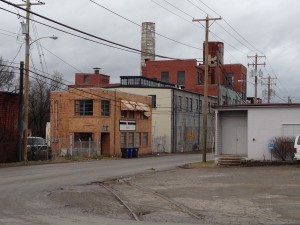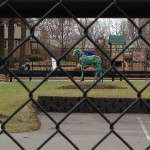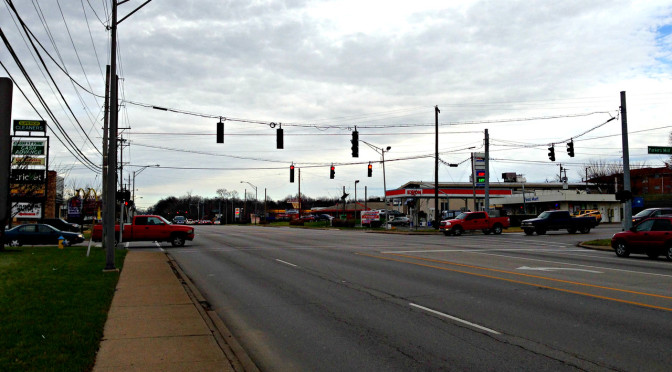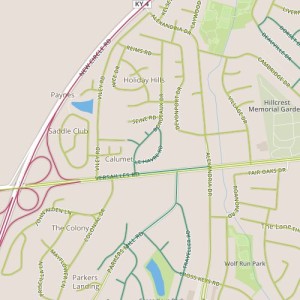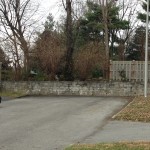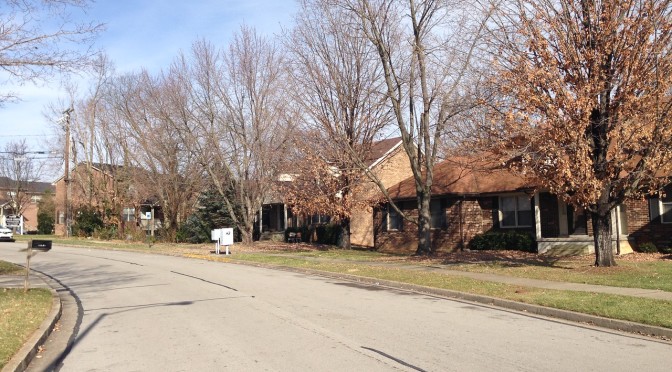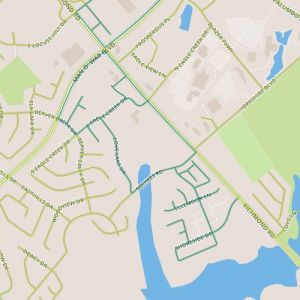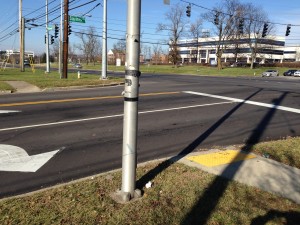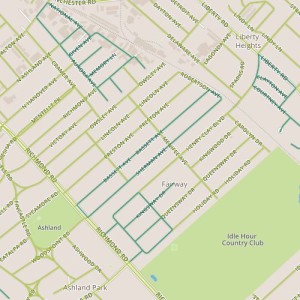 My last walk in 2014 passed through the Kenwick neighborhood , northeast of Richmond Road. This was an exciting walk for me for a couple of reasons. It’s my first good opportunity to test out a method of covering streets in which I will walk along a set of parallel streets on one day and then cover the intersecting streets at later date. (There aren’t a lot of areas that have a good string of parallel streets.) On a personal level, this was neat because it took me past a house that looked at and that was at one time high on our list of potential homes.
My last walk in 2014 passed through the Kenwick neighborhood , northeast of Richmond Road. This was an exciting walk for me for a couple of reasons. It’s my first good opportunity to test out a method of covering streets in which I will walk along a set of parallel streets on one day and then cover the intersecting streets at later date. (There aren’t a lot of areas that have a good string of parallel streets.) On a personal level, this was neat because it took me past a house that looked at and that was at one time high on our list of potential homes.
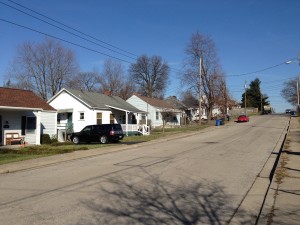
When we were looking at houses, I remember being told multiple times that this was a neighborhood in transition. Look for a house in the first couple of blocks, closer to Richmond road. That third block, we were told, was a little rougher. The character definitely changes as you progress northeast from Richmond toward Robertson and the RJ Corman tracks behind the neighborhood. The contrast between the first block of Bassett and the third block of Sherman is especially clear. The houses on the southwest end of each street typically date from the 1920’s or early 30’s. The houses on the northeast are smaller, and generally seem to have been built in the late 1930’s. Especially on Sherman, there seems to be a lot of infill, with many houses clearly newer than the 1930’s or 40’s. There is a lot going on–not only new construction but also remodeling. It may be a neighborhood in transition, but it doesn’t have the degree of tension that I found nearby on Day 17. I think diversity may have been built in with the variance in housing stock and, since it’s always been there, it’s less of a concern. It’s perhaps more a lucky accident of timing than anything else, as the Depression certainly had an impact on how these blocks developed.
